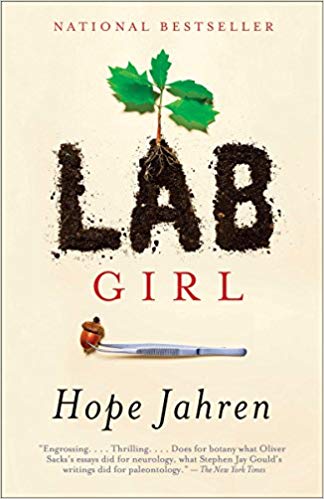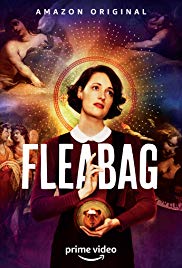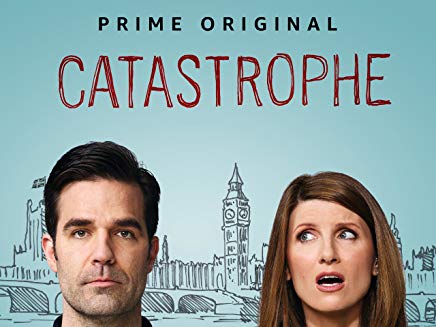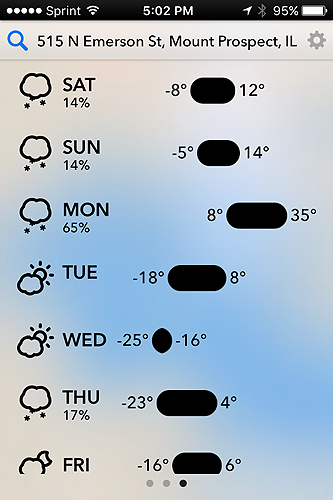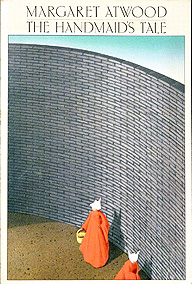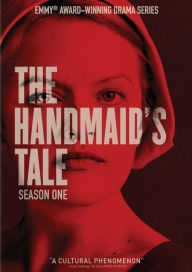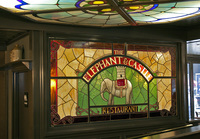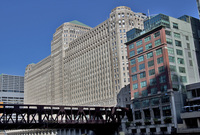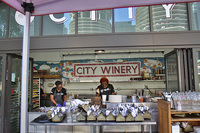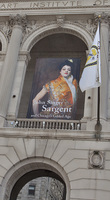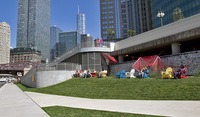I watched Amazon Prime’s Catastrophe this past weekend.
I had heard about the show over the years, but it just seemed to pop up a lot by the end of last week (turns out the fourth and final season dropped on Friday, March 15).
The basic premise for the show flips the rom-com script on its head. The typical rom-com keeps the characters apart for as long as possible for whatever reasons, before they realize that they love each other and can’t live without the other blah blah.
Here, Rob (Rob Delany) plays an American advertising exec who goes to London for a sales conference. He meets and has a one-week stand with Sharon (Sharon Horgan), an Irish-born elementary school teacher living in London. They part on good terms, but then – 32 days later – Rob gets a call from Sharon, who tells him she’s pregnant.
Rob flies to London, and they try to figure out what to do next.
And this is in like the first 15 minutes of the show.
The series – while much more – is about marriage and children, so that’s nothing I can personally identify with. (Note – the kids are largely seen but not heard, or just mentioned in the context of how having kids affects the adults. No “kids say the dardest things..”)
I almost passed on watching it, until I looked up the show’s episode guide: Four seasons, six episodes each, each episode under 30 minutes,
So I thought that I could give it a shot; could always bail if it wasn’t for me.
Watched about 10 hours on Saturday and finished on Sunday.
The last episode (no spoilers) – a funny, heartfelt half-hour – kind of spelled out, as Rob and Sharon are talking at the very end, what the entire four seasons were about: Hey, life – work, kids, spouses, relatives, friends – is a lot of work and stress. And one way to approach all of this overwhelming life is to do it with someone who’s always got your back (Rob & Sharon), and to just take it one day at a time. Plans are great, but just get through the day.
Delany and Horgan (both use their real first names as character names) wrote the entire show together, and it is tight. Dialogues just work: passive-aggressive parrying gives way to laughter, profane truths are acknowledged.
Nothing is off-limits: For a relatively short run (12 hours total), this show tackles a vast range of issues. Cancer, loss of family, alcoholism, infidelity, work realities, strange friends and family.
And while there is a lot of sex in the show, there’s not a lot of talk about sex – just as in real life, people just do it when they both want to.
The supporting cast is exemplary – both rock-solid and bizarre. The evolution of their close friends and family over the series is almost as interesting as the main characters’ change over the same period. This is decidedly different from most sitcoms, where the whiny sister or horn-dog cousin supporting characters never really change.
And anyone reviewing this show is legally required to note the brilliant eccentricity Carrie Fisher, as Rob’s mom, brings to her role. Fisher died between the thrid and fourth season, and the show deals with this in an extremely touching, yet hilarious way.
At the end of the day, this is all about Delaney and Horgan: Their on-screne relationship and the brilliant, coming at issues sideways dialogue for all characters, but particularly for Rob and Sharon when they are alone together.
One thing that stood out for me was the way, like in the sitcom Mad About You, each of the two main characters could be the idiot or the voice of reason. A lot of shows – especially sitcoms – lock characters into a certain role, much like they do with supporting characters (see above).
All in all, this is a great series – and I’m glad I discovered it at this time, when I didn’t have to wait a year for the next six episodes.
I came, I watched, I liked.
But sad to see it go.
